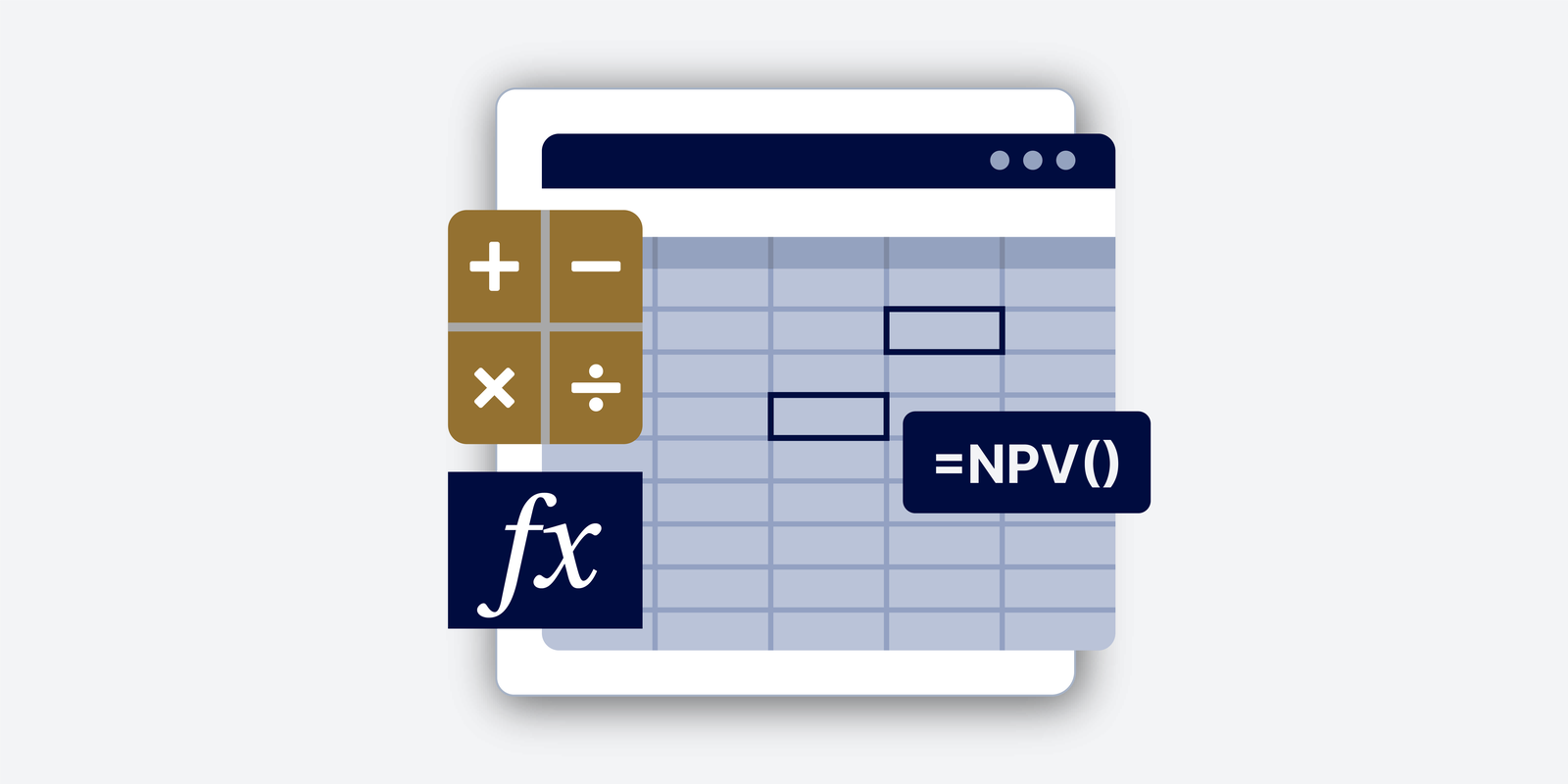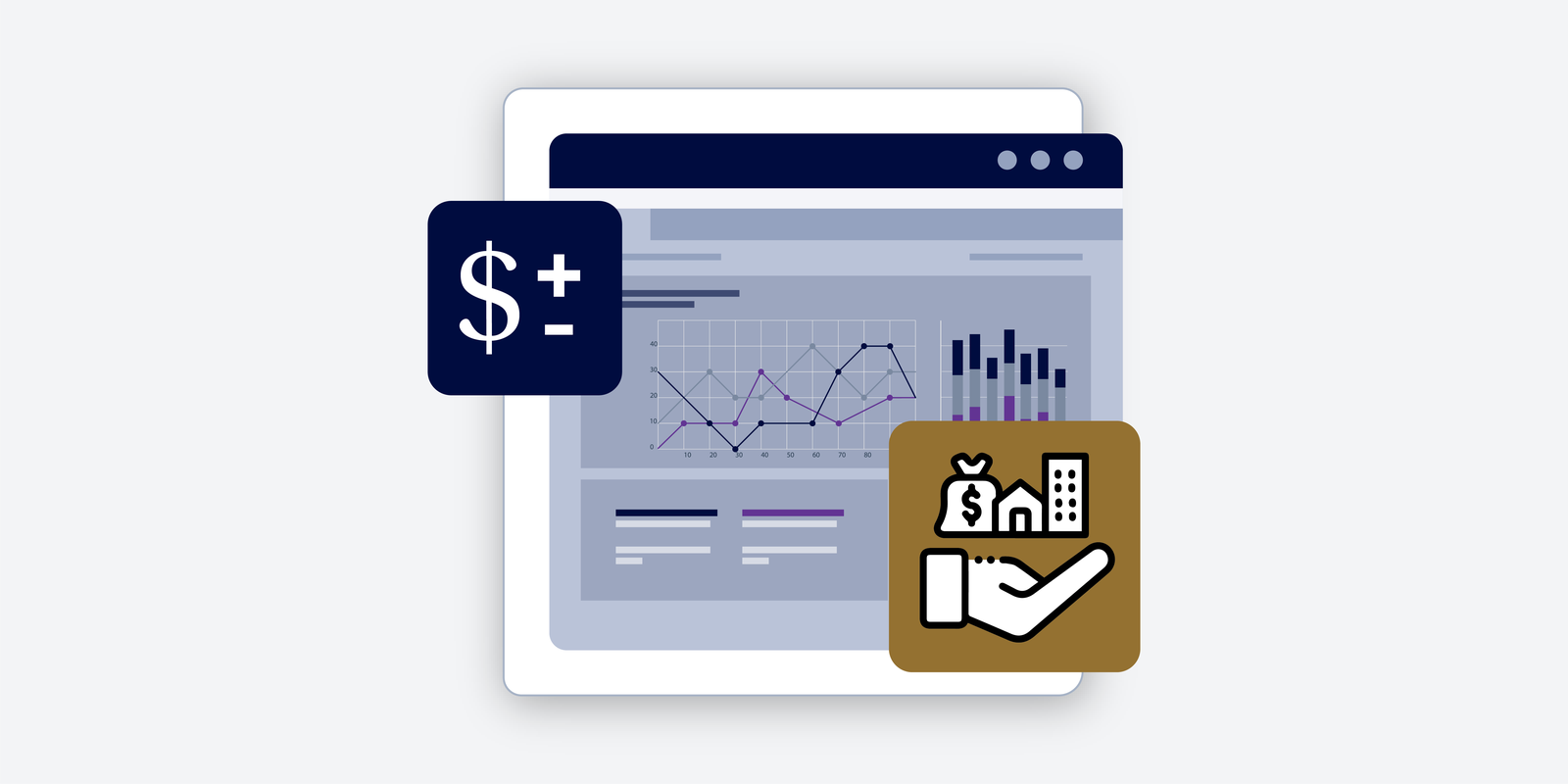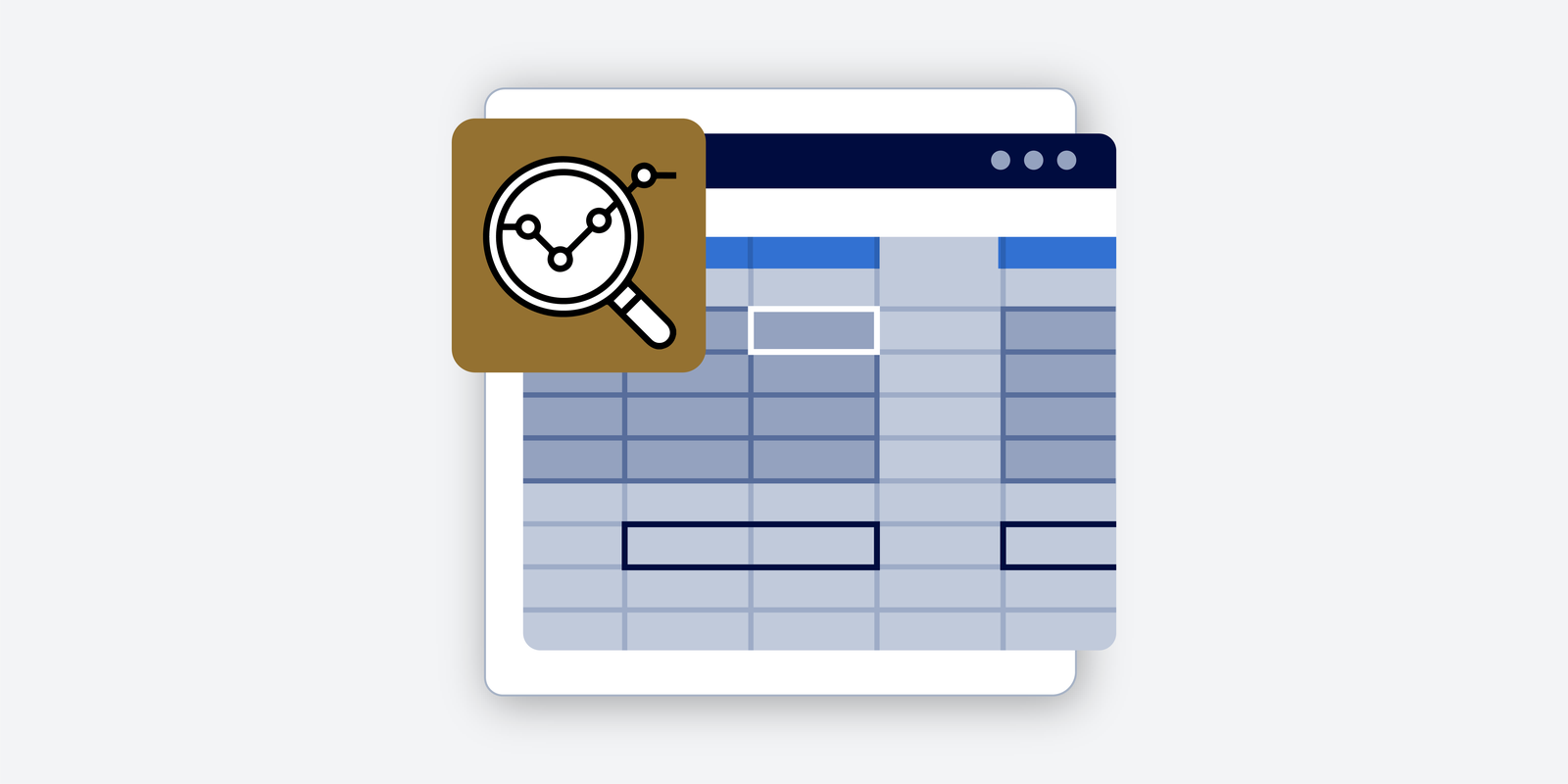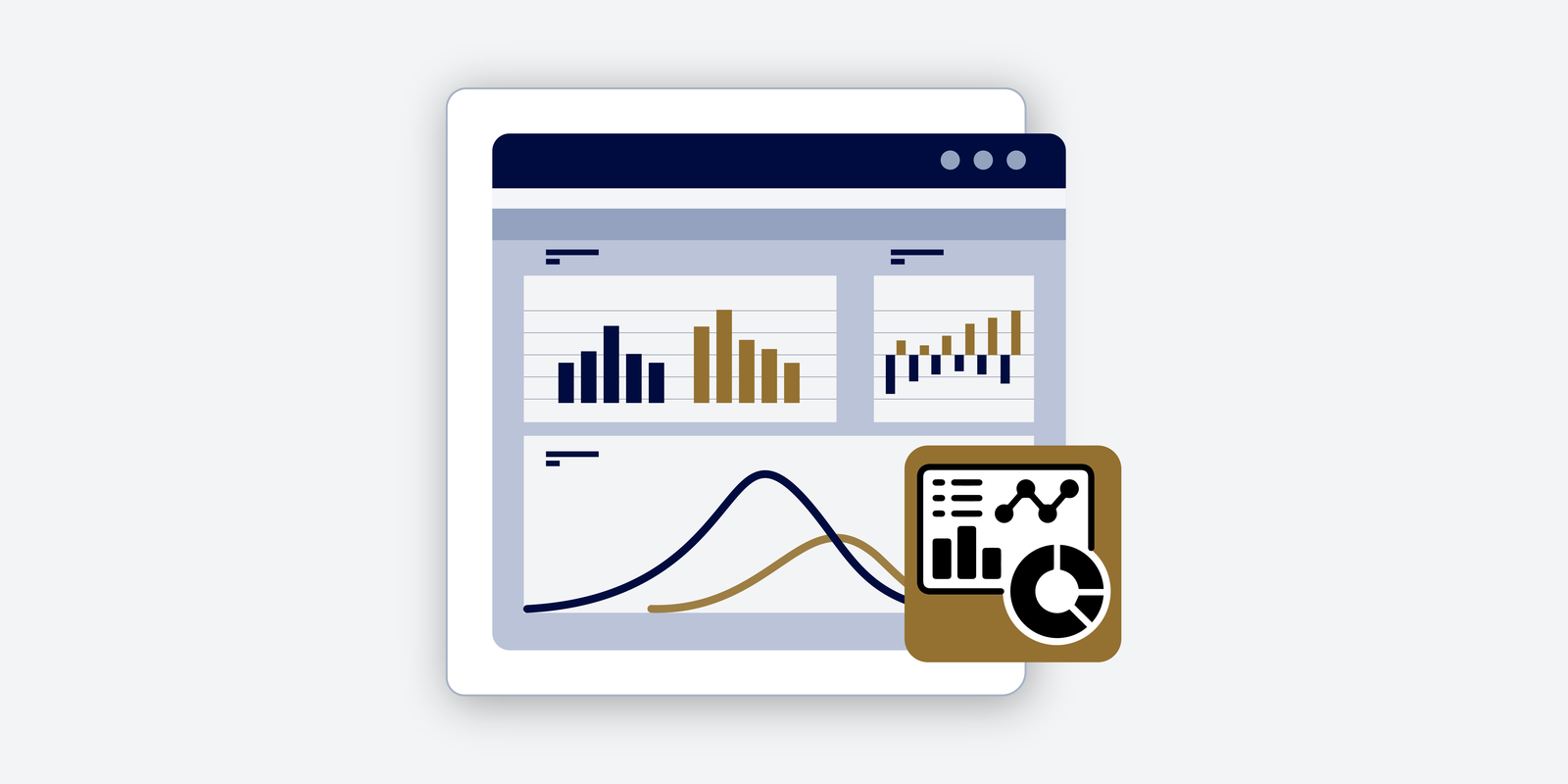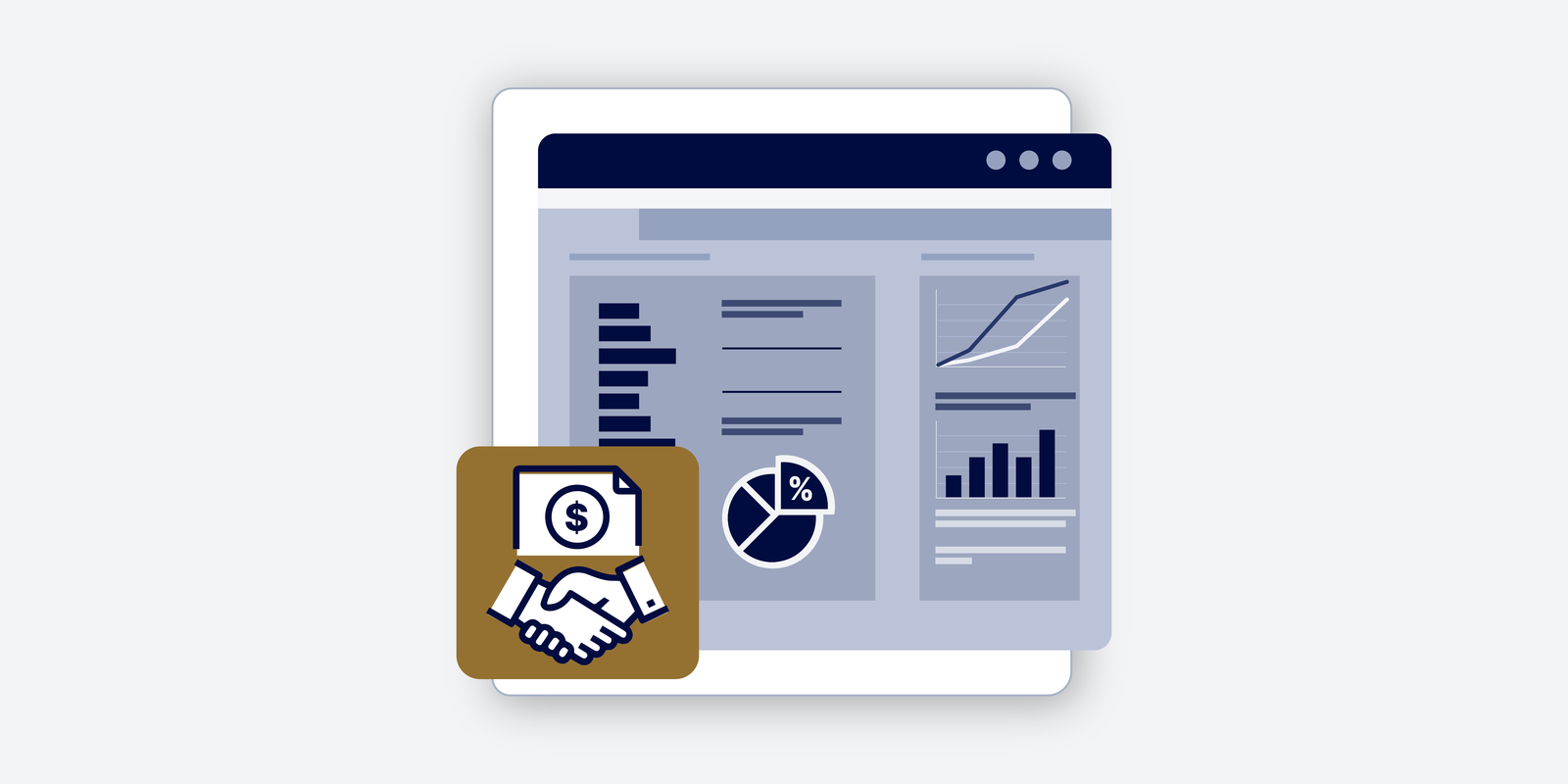Selling Group
What is a Selling Group? A selling group comprises dealers and brokers involved in marketing or selling a new security issue or secondary issue of equity or debt. The selling group buys securities in bulk directly from the issuer and then sells them to the members of the selling group at a markup on what…
